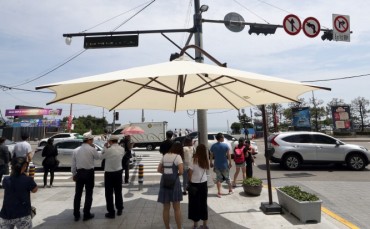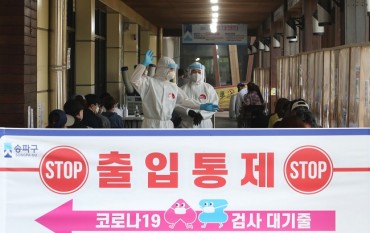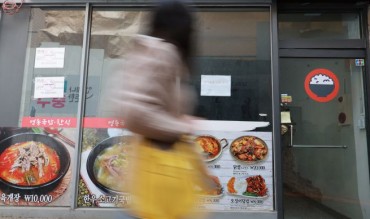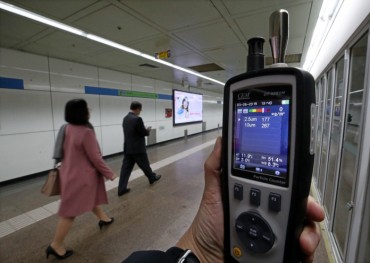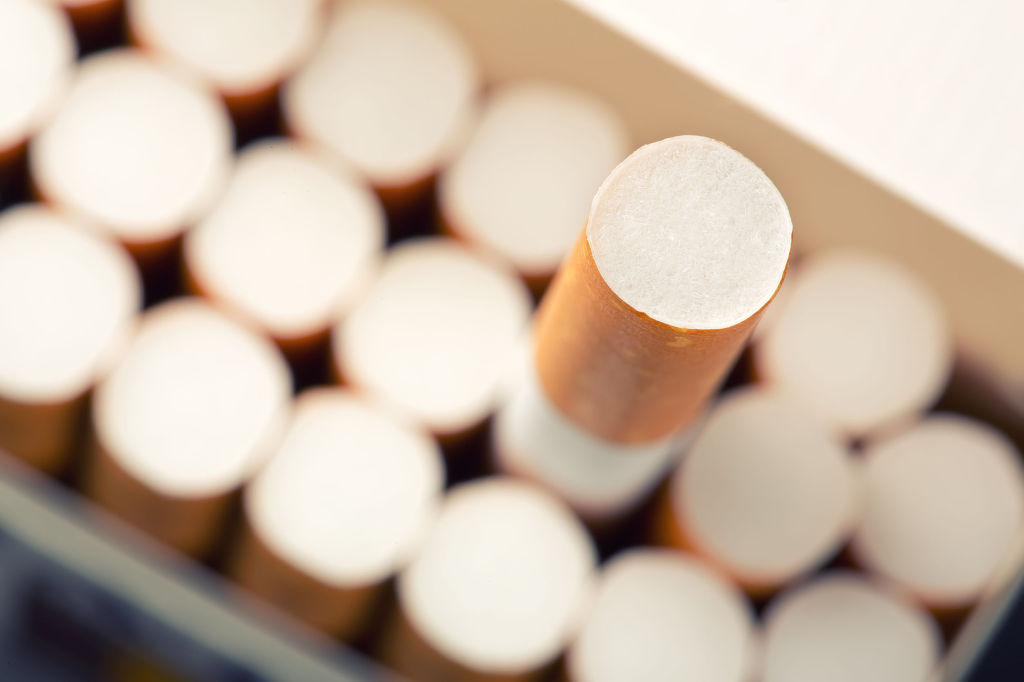
The government was able to double its tax revenue from cigarettes in 2015 to over 10.5 trillion won ($9 billion) from 6.99 trillion won in 2014. The number is expected to have surpassed 12 trillion won in 2016. (image: KobizMedia/ Korea Bizwire)
SEOUL, Jan. 13 (Korea Bizwire) – It’s already two weeks into the new year, which means that more than a few smokers will have failed, once again, with their resolution to butt out.
Cessation clinics in Korea tend to boom in early January, with smokers excited about the new, healthy lives that they’re about to pursue. But the enthusiasm usually doesn’t last long.
South Korea is among the countries with the highest cigarette consumption in the world, ranking 14th in 2014 with 2072.57 cigarettes smoked per person (aged 15 and above) per year. In 2015, the adult (aged 19 and above) smoking rate stood at 39.9 percent for male, and 5.5 percent for females.
In an effort to promote better health, stronger measures have been enforced in recent years to counter cigarette addiction.
In 2015, the government imposed higher cigarette taxes, raising the average cigarette price by 80 percent, and as of December 23 of last year, tobacco makers are obliged to include graphic images warning of the risks of smoking on cigarette packs.
Cigarette sales did stumble in 2015 following the price hike, but official data shows a recovery in the tobacco market, with last year’s sales expected to outstrip 2015’s.
The Ministry of Strategy and Finance estimated that roughly 3.66 billion packs of cigarettes were sold last year, which was an increase of 9.9 percent compared to 2015. Although it was a decline from 4.36 billion in 2014, recovering numbers could indicate that the smoking rate has also started to rise.
Although officials claim that a sales increase was expected in 2016 from the base effect of the cigarette price hike in 2015, there are others who refer to social and economic factors, namely the prolonged economic downturn, record bird flu outbreak, and finally the political scandal surrounding President Park Geun-hye, which made Korea a center of global media attention.
In other words, it was the abysmal state of affairs that urged more people to light up more often, some claim, which is a plausible argument considering the fact that smokers tend to crave cigarettes under pressure or stressful circumstances.
“The topics that I talk most with my friends nowadays are either the Choi Soon-sil scandal or the impeachment trial,” said a 48-year-old self-employed, Park. “It’s so frustrating whenever we talk about these issues, and I would just pop out for a cigarette.”
Office worker Kim, 53, makes a similar remark.
“Eggs, a food for common people, are now scarce, my salary’s been the same for years, and prices are soaring for everything. Alcohol, instant noodles, vegetables,” he said. “I know it’s an excuse, but it just makes me turn to cigarettes.”

“I know it’s an excuse, but it just makes me turn to cigarettes.” (image: KobizMedia/ Korea Bizwire)
In a way, the social strife has been a boon for the government, which was able to double tax revenue from cigarettes in 2015 to over 10.5 trillion won ($9 billion) from 6.99 trillion won in 2014. The number is expected to have surpassed 12 trillion won in 2016.
The same is the case for local governments, which on average receive about 15 percent of their local tax revenue from cigarettes. North Chungcheong Province, for instance, collected 130.2 billion won in cigarette taxes last year from 11 of its cities and counties, which was an increase from 97.8 billion won in 2014, prior to the cigarette price hike.
This is naturally leading to criticism from both taxpayers and pundits that raising the cigarette price was an unsuccessful policy.
According to a study by the Korea Taxpayers’ Association, 95 percent of surveyed smokers and 56 percent of non-smokers (out of 2,070 total respondents) said that the policy was a failure.
Only 1 percent of smokers and 10 percent of non-smokers agreed with the government’s asserted purpose of implementing th policy as a “promotion tool for the health of the nation.” Instead, 97 percent and 86 percent, respectively, deemed the policy as a measure dedicated to boosting government revenue.
Worse, 72 percent of smokers said the policy didn’t affect their cigarette consumption, while 15 percent said they cut down on smoking, with only 9 percent saying that they quit.
And what did the government do with its windfall?
In 2015, a mere 147.5 billion was injected into government health promotion programs specific to anti-smoking and smoking cessation. That is 1.4 percent of 10.5 trillion won collected spent on actually helping smokers to quit.
Although a bigger portion of the revenue was in fact used for other government health and medical projects such as alcoholism and chronic illness prevention, there are still voices of disapproval that greater sums should be invested into assisting smokers with their struggles, as the policy had initially intended.
Despite the doubt, the government remains optimistic, and is confident that anti-smoking ventures will pay off in time, along with the new measures being introduced like the graphic images on cigarette packs that it just implemented.
“The cigarette price hike and the graphic images will together create synergy, and by 2020, the smoking rate of male adults should drop to 29 percent,” an official from the Ministry of Health and Welfare.
By Joseph Shin (jss539@koreabizwire.com)



